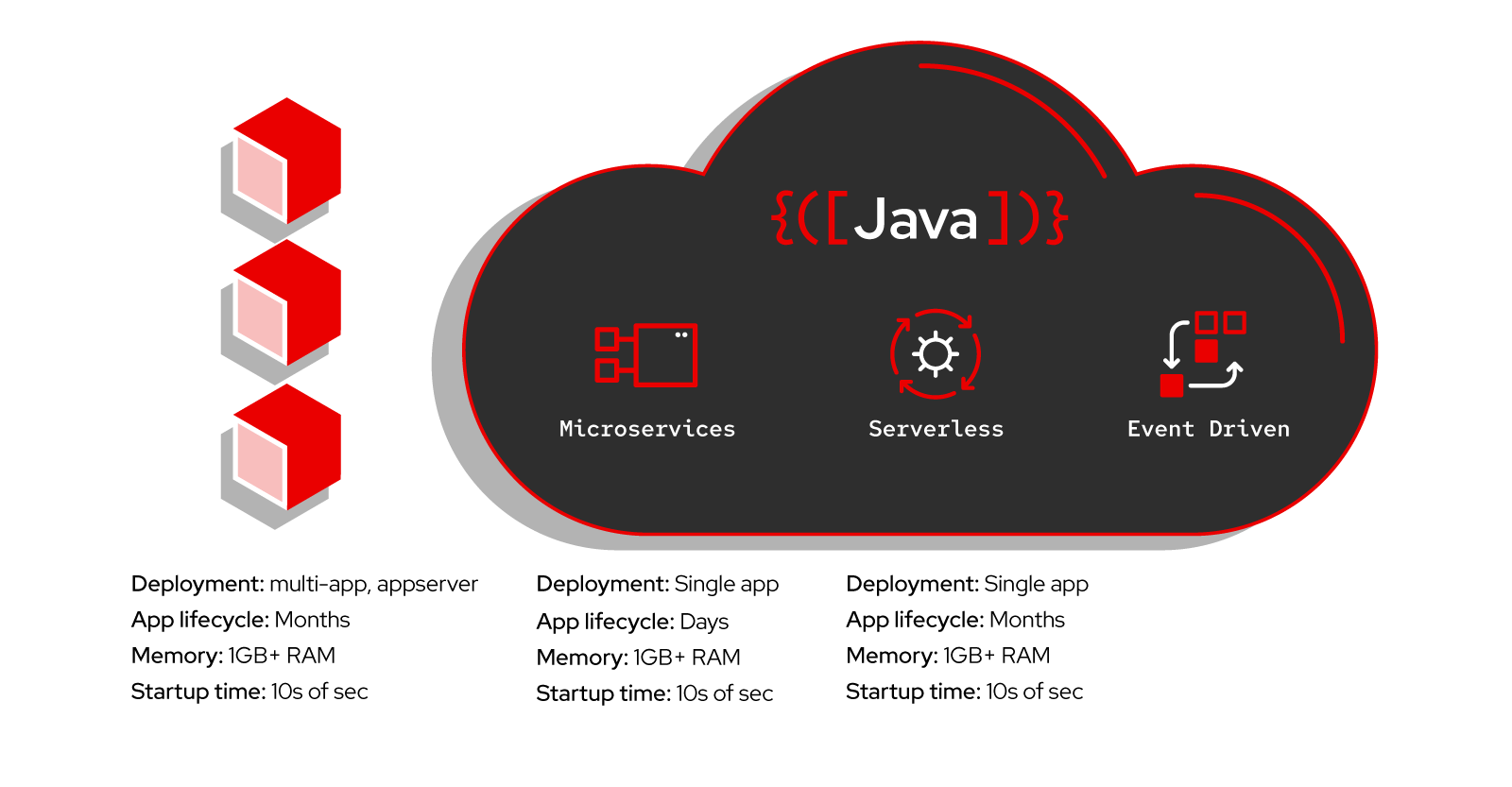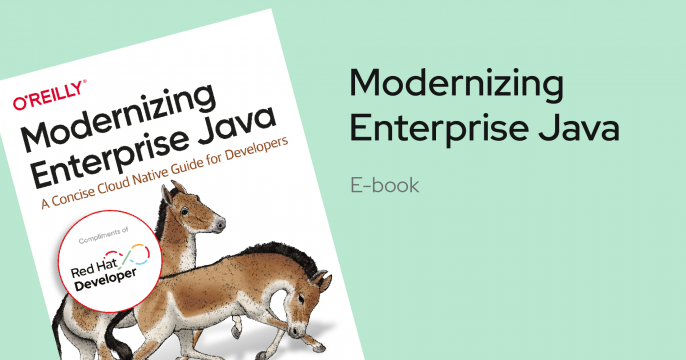Java microservices
Java microservices help developers build and ship applications faster, improve scalability and security, and adapt quickly to changing business needs.
What are microservices?
Microservices are an architectural approach to building applications that are distributed and loosely coupled so that a change in one microservice won’t break the entire app. This lets development teams rapidly build new application components to meet changing business needs.
A microservice consists of a single deployment, isolated from other deployments and processes, that supports a specific business function. A collection of services constitutes a distributed system, where services consume and produce data for one another in the cloud.

Learn more
Modernizing monoliths
Java workloads have historically relied on monolithic architecture, which require significant overhead to support and manage over time. Modernizing these applications for the cloud provides an opportunity to drive additional value from these apps.
Observability
Microservices are distributed, and your business logic is spread across these services; hence, observability is of paramount importance. With observability, you can monitor applications, measure key performance indicators, trace business calls across services, and much more.
Security
Secure your microservices architecture from external and internal threats by integrating with identity providers and authorization servers, adding user and token federation, and creating services that use multi-factor authentication.
Performance
Introduce high- speed data access to your microservice with caching. Embedded, distributed and shared across all services, secure or distributed across sites.
Automation
GitOps is an evolution in Infrastructure as Code (IaC) that uses Git as the version control system for infrastructure configurations. Define events that trigger CI/CD pipelines, create smart workflows and applications configs, and more.
Get involved
Learn, interact, and contribute to the open source microservices community.










